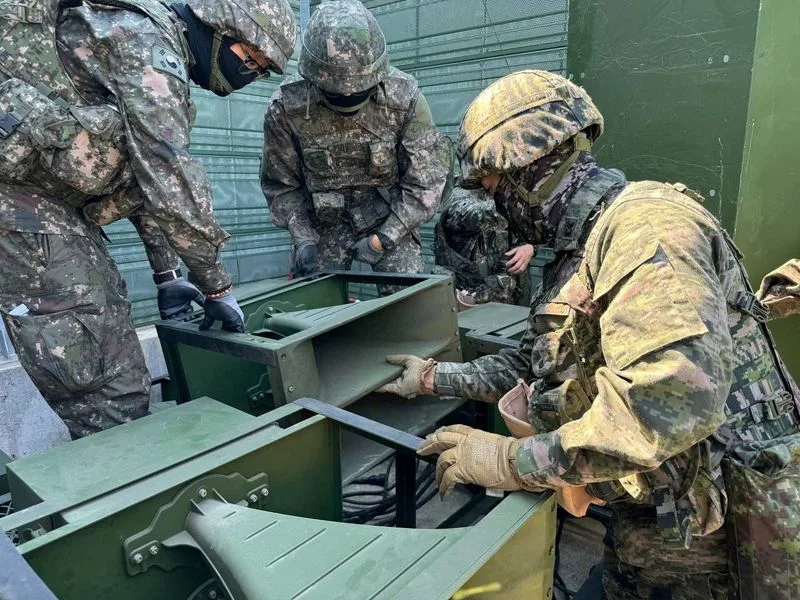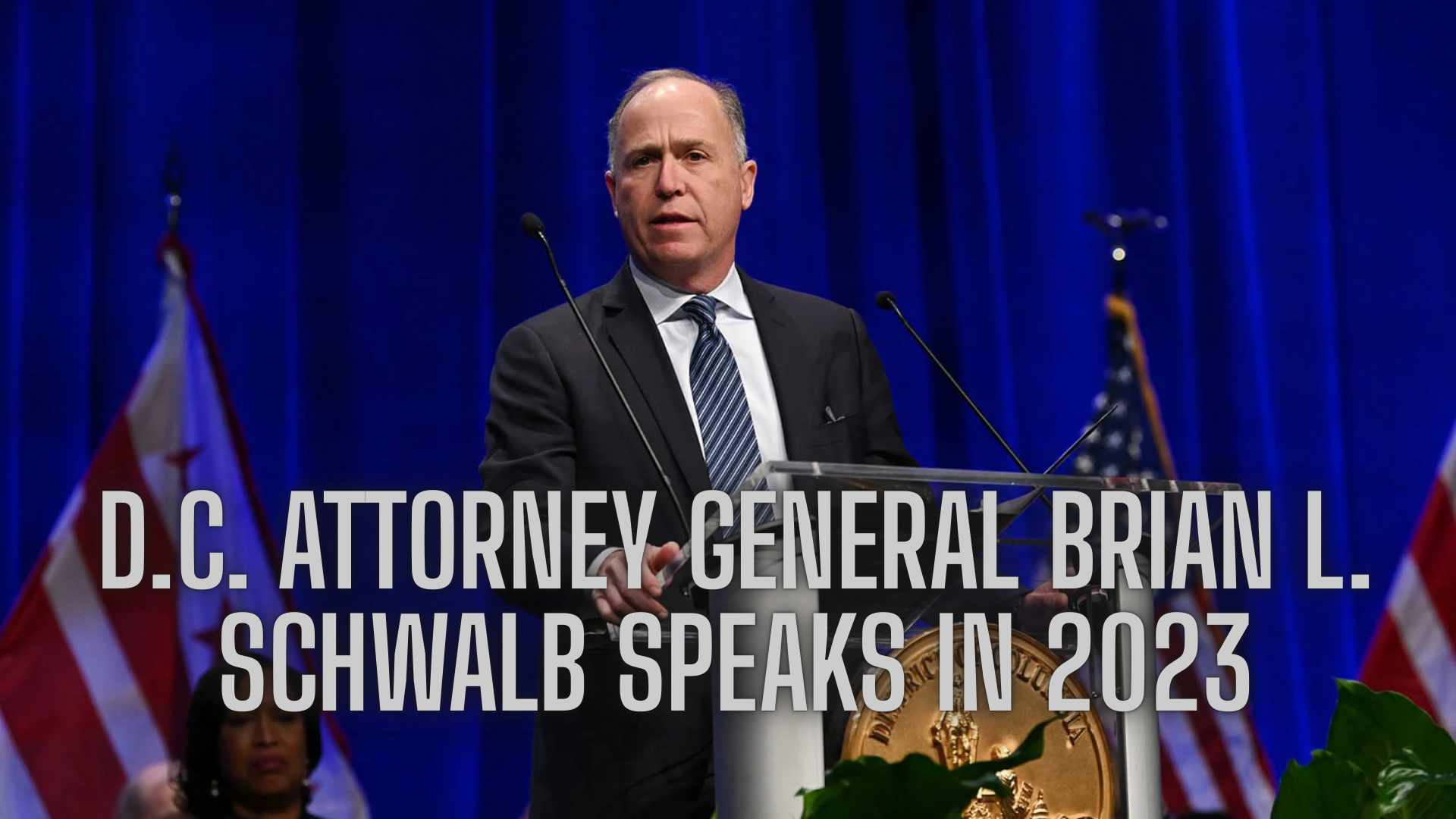SEOUL – In a potential signal of de-escalation on the Korean Peninsula, North Korea appears to have stopped operating its border loudspeakers that were used to blast messages toward the South, according to South Korea’s Joint Chiefs of Staff (JCS).
On Thursday, the JCS confirmed that no North Korean loudspeaker broadcasts were detected along the heavily militarized border area. The South Korean military is continuing to closely monitor Pyongyang’s activity for further developments.
The absence of the propaganda broadcasts marks a shift in the psychological warfare that has periodically flared along the Demilitarized Zone (DMZ), one of the most tense and closely guarded borders in the world. The loudspeakers had been part of an ongoing tit-for-tat strategy used by both Koreas for decades—broadcasting propaganda, music, and political messaging across the border to influence soldiers and civilians on the other side.
A Strategic Pause
South Korea had already taken a step back from this tactic earlier in the week. On Wednesday, Seoul suspended its own loudspeaker operations, which had resumed last year amid heightened tensions following a series of missile tests and military provocations by the North.
President Lee Jae-myung, who assumed office earlier this month, ordered the suspension of the broadcasts as a gesture of goodwill and part of his administration’s stated intention to open a new chapter of dialogue with Pyongyang.
“This decision is meant to create an environment conducive to dialogue and reduce tension in the border area,” said a spokesperson for the presidential office, emphasizing the need for diplomacy over confrontation.
President Lee campaigned on a platform of engagement and peace-building with North Korea, marking a departure from the more hardline policies of his predecessor. The silencing of the loudspeakers on both sides, although likely temporary, may serve as a litmus test for future confidence-building measures.
Mixed Reactions on the Ground
While the move has garnered praise from advocates of peace and diplomacy, residents living near the border have expressed relief for more personal reasons.
For years, those living in towns near the DMZ have complained about the constant blaring of messages, often running late into the night. The sounds of military propaganda, sometimes mixed with K-pop songs or national anthems, created a surreal and often unsettling backdrop to daily life.
“It’s not just the noise—it’s the reminder that we’re always one mistake away from conflict,” said a resident of Paju, a city that lies just south of the border. “It feels a little more peaceful now that it’s quiet.”
Local officials have also raised concerns in the past about the psychological impact on communities, particularly children, and the potential for accidental escalation.
History of the Loudspeaker Campaigns
Loudspeaker broadcasts between the two Koreas have a long and symbolic history. They were first introduced during the Korean War and have been reactivated during times of crisis ever since. These broadcasts are used to project ideological messages, criticize the opposing government, and try to undermine morale among enemy troops.
South Korea has occasionally included pop culture content—such as popular K-pop songs—in its broadcasts, hoping to appeal to North Korean soldiers and citizens. North Korea’s broadcasts typically focus on denouncing the South Korean government and praising its own leadership.
These audio campaigns have frequently been a barometer for relations on the peninsula: when tension rises, the speakers come on; when diplomacy resumes, the volume is turned down.
What Comes Next?
Despite this recent lull in sound, the future remains uncertain. North Korea has not issued an official statement confirming the cessation of the broadcasts, nor has it made any public indication of a shift in policy toward engagement.
Analysts caution against reading too much into the move without further concrete actions. “Silencing the loudspeakers might be a tactical pause rather than a true overture for peace,” said an expert at Seoul’s Institute for National Security Strategy. “But even a small step away from confrontation is a welcome one.”
President Lee’s administration is reportedly considering a broader range of engagement strategies, including humanitarian aid, cultural exchange, and diplomatic dialogue. However, any forward movement will depend largely on North Korea’s willingness to reciprocate.
A Moment of Quiet—For Now
For now, the border region is enjoying a rare moment of quiet. While the silence may not signify a lasting peace, it is a brief respite from the relentless drumbeat of propaganda and a symbolic break from the hostilities that have defined inter-Korean relations for decades.
Whether this moment becomes a turning point or simply a pause remains to be seen—but in a region where sound often signals conflict, silence can be powerful.
Conclusion
The apparent halt of North Korea’s loudspeaker broadcasts along the border offers a rare and potentially meaningful pause in the long-standing tension between the two Koreas. While it remains uncertain whether this quiet marks the beginning of a broader diplomatic thaw or merely a temporary gesture, it provides a critical opportunity for both sides to reconsider their strategies. For President Lee Jae-myung, who has made reconciliation a key part of his agenda, this moment could serve as an early test of his commitment to dialogue and peacebuilding. And for the residents near the DMZ, the absence of propaganda noise—even briefly—brings a welcome sense of normalcy. Whether this silence deepens into genuine progress or fades with the next provocation, it underscores how even small actions can signal the potential for change on a divided peninsula.



